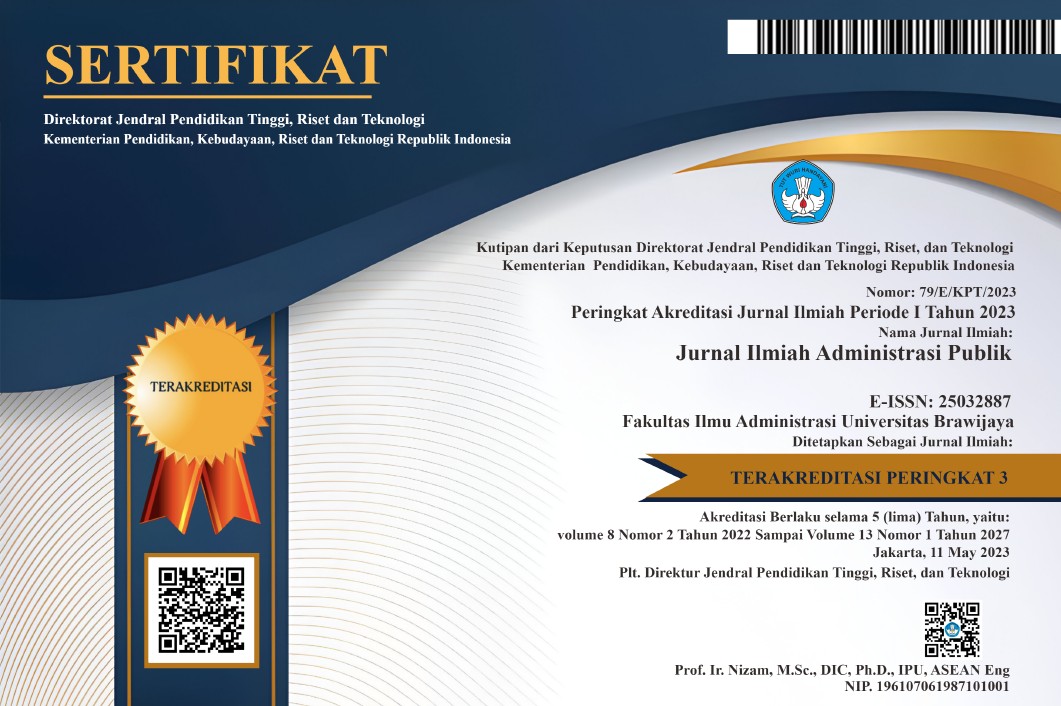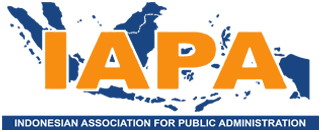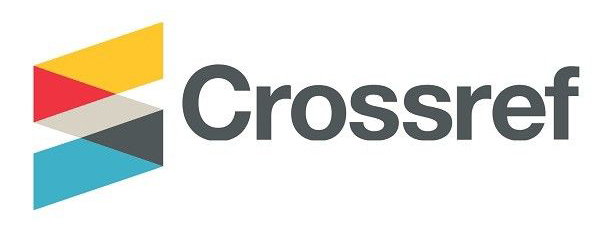Analisis Pengukuran Kinerja Instansi Pemerintahan Kabupaten Ngawi
DOI:
https://doi.org/10.21776/ub.jiap.2022.008.03.10Keywords:
performance measurement; value for money; local governmentAbstract
This study focuses on measuring the performance of the Ngawi Regency in the Regional Medium-Term Development Plan (RPJMD) for 2016-2021. The author uses a measuring instrument value for money as a measure of the performance of regional apparatus. The author divides the discussion into 2 focuses, namely efforts to reduce poverty and efforts to improve the regional economy. In the poverty reduction sector, there are programs from the social service, while in improving the regional economy there are 8 sectors which include Food, Community Empowerment, MSMEs, Investment, tourism, agriculture, trade and industry. There is a grouping of these sectors into 3 sections of regional development which include Compulsory Non-Basic Services and Options. In the Non-Basic Service Compulsory group, it includes the Food sector, Community and Village Empowerment, MSMEs, Investment. Meanwhile, tourism, industry, and trade are the sectors of choice. The results of this study indicate that the performance in reducing poverty and increasing the economy gets the predicate of being economical, effective and efficient.
References
Armstrong, M., & Baron, A. (1998). Performance Management. Chartered Institute of Personnel and Development.
Armstrong, Michael. (2006). A Handbook of Human Resource Management Practice Edition. Kogan Page.
Armstrong, M. (2015). Performance Management; Key Strategies and Practical Guidelines (3rd Edition). Thomson-Shore, Inc.
Bacal, R. (1999). Performance Management. The McGraw-Hill International.
Behn, R.D. (2003). Why Measure Performance? Different Purposes Require Different Measures. Public Administration Review, 63(5), 586-606.
Bititci, U.S., Carrie, A.S., & Mcdevitt, L. (1997). Integrated performance measurement systems: a development guide. International Journal of Operations & Production Management, 17(5-6), 522–534.
Briscoe, D.R., & Claus, L.M. (2008). Employee Performance Management: Policies and Practices in Multinational Enterprises, (Eds), Performance Management Systems: A Global Perspective. Rougledge.
Burney, L., & Widener, S. K. (2007). Strategic performance measurement systems, job-relevant information, and managerial behavioral responses—role stress and performance. Behavioral Research in Accounting, 19, 43–69.
Cardy, R.L., & G.H. Dobbins (1994). Performance Appraisal: Alternative Perspectives. South-Western Publishing Co.
Cheng, M.M., Luckett, P. F., & Mahama, H. (2007). Effect of perceived conflict among multiple performance goals and goal difficulty on task performance. Accounting and Finance, 47(2), 221–242.
Cole, M., & Parston, G. (2006). Unlocking Public Value: New Model for Achieving High Performance in Public Service Organization. Wiley & Sons, Inc.
Cousins, P.D., Lawson, B., & Squire, B. (2008). Performance measurement in strategic buyer–supplier relationships: the mediating role of socialization mechanisms. International Journal of Operations & Production Management, 28(3), 238–258.
Creswell, J.W. (2016). Research Design: Pendekatan Metode Kualitatif, Kuantitatif, dan Campuran (Edisi 4). Pustaka Pelajar.
Davis, S., & Albright, T. (2004). An investigation of the effect of balanced scorecard implementation on financial performance. Management Accounting Research, 15(2), 135-153.
Deming, W.E. (1986). Out of Crisis. Massachussets Institute of Tecnology.
Cole, M., & Parston, G. (2006). Unlocking Public Value: New Model for Achieving High Performance in Public Service Organization. Wiley & Sons, Inc.
Franco-Santos, M., & Bourne, M. (2005). An examination of the literature relating to issues affecting how companies manage through measures. Production Planning and Control, 16(4), 114–124.
Hall, M. (2008). The effect of comprehensive performance measurement systems on role clarity, psychological empowerment and managerial performance. Accounting Organizations and Society, 33(2–3), 141–163.
Hood, C. (1995). The ‘New Public Management’ in the 1980s: Variations on a theme. Accounting, Organisations and Society, 20, 93–109.
Ittner, C.D., Larcker, D.F., & Randall, T. (2003). Performance implications of strategic performance measurement in financial service firms. Accounting, Organizations and Society, 28(7–8), 715–741.
Kaplan, R.S., & Norton, D.P. (1996). The Balanced Scorecard – Translating Strategy Into Action. Harvard Business School Press.
Kaplan, R,S., & Norton, D.P. (2001). The Strategy Focused Organization: How Balanced Scorecard Companies Thrive in the New Business Environment. Harvard Business School Press.
Khikmah, A. (2014). Pengukuran Kinerja Pemerintah Daerah Kabupaten Lamongan Berdasarkan Konsep Value For Money. Jurnal Akuntansi AKUNESA, 3(1), 1-25.
Kroll, A., & Moynihan, D.P. (2015). Does Training Matter? Evidence from Performance Management Reforms. Public Admin Rev, 75, 411-420. https://doi.org/10.1111/puar.12331
Mahama, H. (2006). Management control systems, cooperation and performance in strategic supply relationships: a survey in the mines. Management Accounting Research, 17(3), 315–339.
Mardiasmo. (2004). Otonomi dan Manajemen Keuangan Daerah. Andi.
Mardiasmo. (2013). Akuntansi Sektor Publik. Andi Offset.
Mohrman, S., R. Tenkasi, E. Lawler,, & Gerald E. Ledford. (1995). Total Quality Management Practice and Outcomes in the Largest US Firms. Employee Relations, 17, 26-41. https://doi.org/10.1108/01425459510086866
Moynihan, D. P., & Pandey, S. K. (2010). The big question for performance management: Why do managers use performance information?. Journal of Public Administration Research and Theory, 20(4), 849–866.
Neely, Andy., Gregory, Mike., & Platts, Ken. (2005). Performance measurement system design: A literature riview and research agenda. International Journal of Operations & Production Management, 25(12), 1228-1263.
Nõmm, K., & Randma-Lii, T. (2012). Performance Measurement and Performance Information in New Democracies. Public Management Review, 14(7), 859-879
Pinheiro de Lima, E., Gouvea da Costa, S. E., & Gouvea da Costa, J. J. (2009). Strategic performance measurement systems: a discussion about their roles. Measuring Business Excellence, 13(3), 39-48.
Pollitt, C., & Bouckaert, G. (2004). Public Management Reform: A Comparative Analysis (2nd edn). Oxford University Press.
Simanjuntak, P.J. (2011). Manajemen dan Evaluasi Kinerja. Lembaga Penerbit Universitas Indonesia.
Swanson, R.A. (1999). The foundations of performance improvement and implications for practice. In R. Torraco (Ed.) The Teory and practice og performance improvement. Berret-koehler, 1-25.
Verbeeten, F.H.M. (2008). Performance Management Practices in Public Sector Organizations: Impact on Performance. Accounting, Auditing and Accountability Journal 21(3), 427-454.
Waal, A., & Kourtit, K. (2013). Performance Measurement and Management in Pratice; Advantages, Disadvantages, and Reasons for Use. International Journal of Productivity and Performance Management, 62(5), 446-473.
Downloads
Published
Issue
Section
License
Copyright (c) 2023 Jurnal Ilmiah Administrasi Publik

This work is licensed under a Creative Commons Attribution-NonCommercial 4.0 International License.
If your paper is accepted, the author identified as the formal corresponding author for the paper will receive an email prompting them to login into Author Services; where via the JIAP Author Licensing Service they will be able to complete the license agreement on behalf of all authors on the paper.














